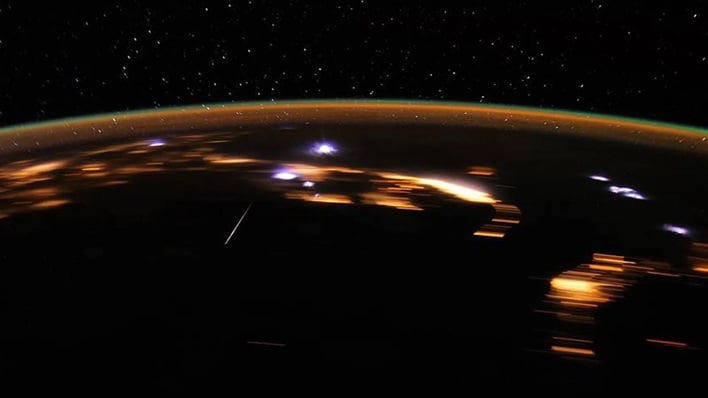Lyrids Meteor Shower Is Coming To Light Up The Skies: Tips For Best Viewing

While not as fast or bountiful as the Perseids, the Lyrids are well known for producing breathtakingly bright shooting stars. For the most part, sky watchers can expect to catch 10-20 meteors per hour. During its peak, however, there can be as many as 100 meteors per hour spotted lighting up the night sky.
The majority of meteor showers are produced by a passing comet. The Lyrids originate from a comet known as Comet Thatcher, which takes about 415 years to go around the sun. Comet Thatcher is currently traveling away from the sun, and will reach its farthest point from our planetary light bulb around the year 2070. At that point, the comet will begin its return trip to reach its next perihelion about the year 2283.
For those in the Northern Hemisphere, look for the bright star Vega in the constellation Lyra. From that star, gaze slightly northeast for the radiant point of the Lyrids meteor shower. There will be a chance of catching a falling star or two beginning around 9pm, with a higher chance beginning around midnight.
Those in the Southern Hemisphere will have a bit harder time viewing the meteor shower, as the radiant point does not get very high in the night sky. This translates into many of the meteors that come from this point heading below the horizon, or out of view. However, there is still a chance of seeing a few here and there.
The best time to view the Lyrids meteor shower, according to EarthSky, will be during the late evening to dawn on the nights of April 21-22 and 22-23. As with any spectacle in the night sky, it is always best to find a spot as far away from the city light pollution as possible.

